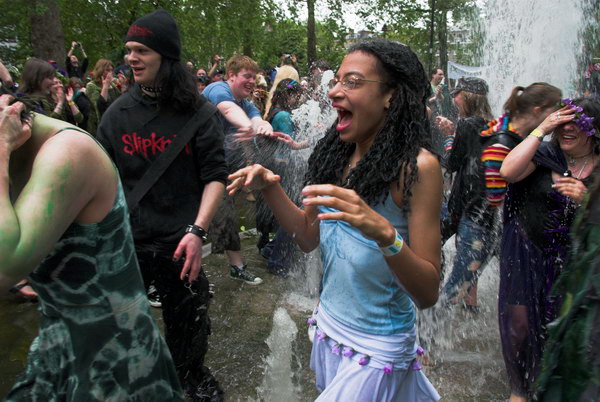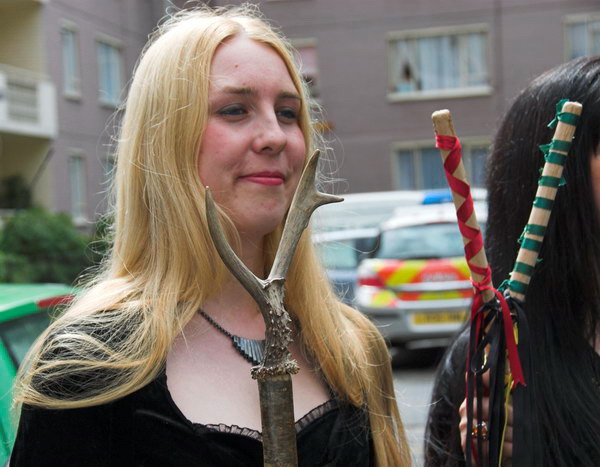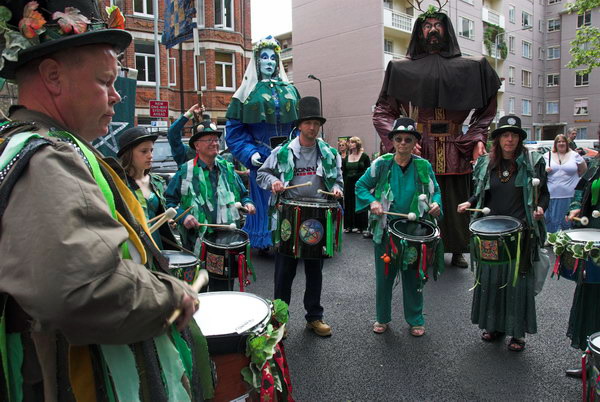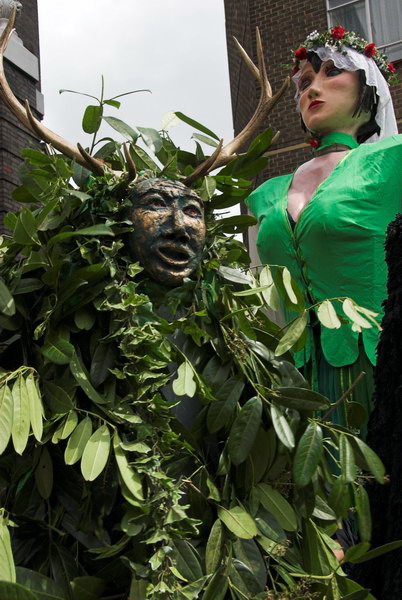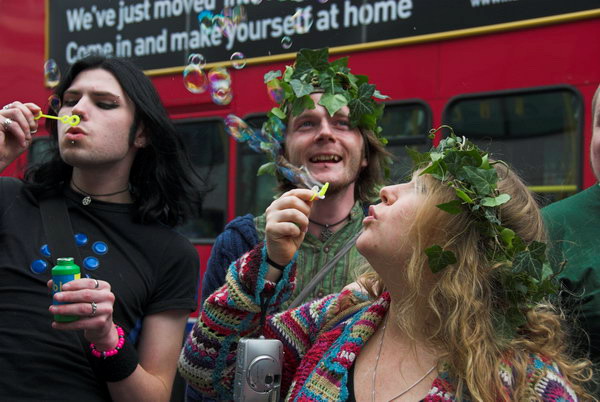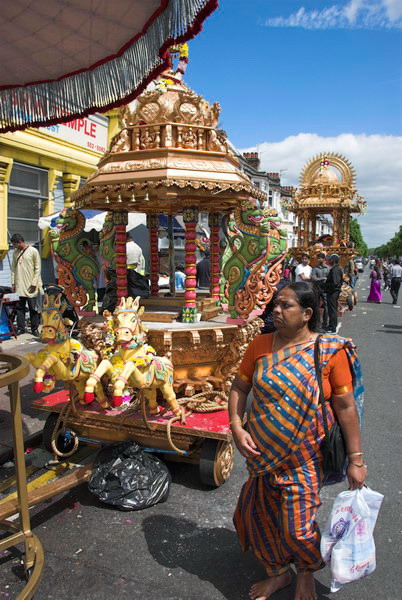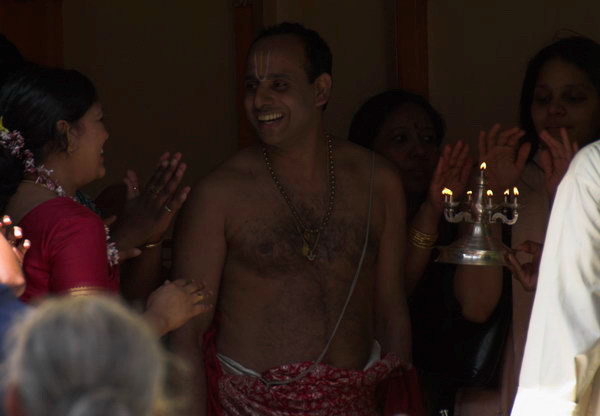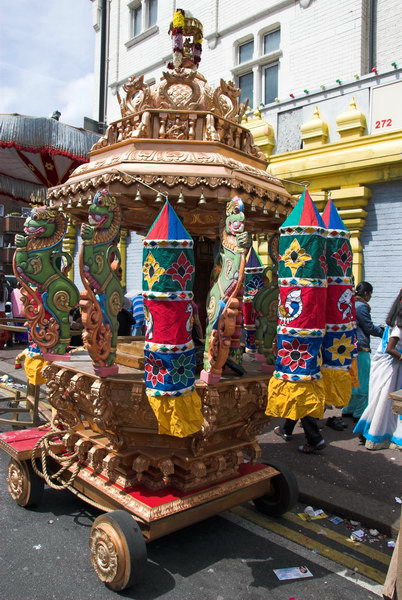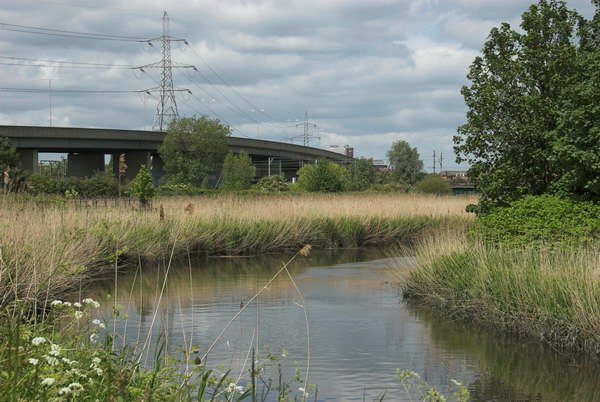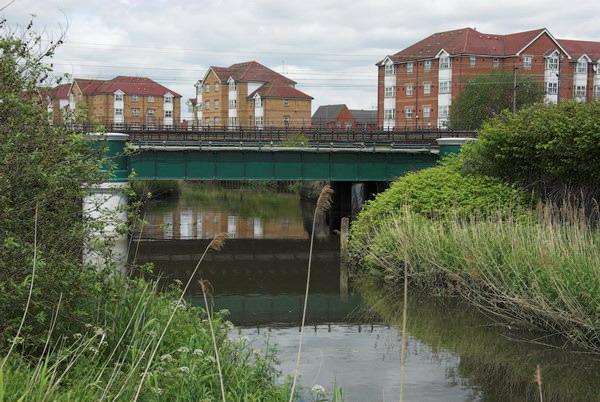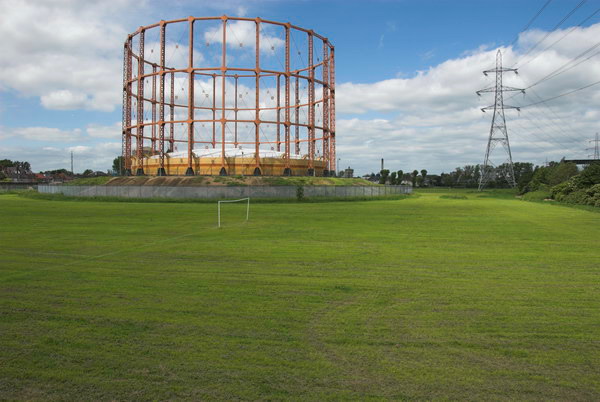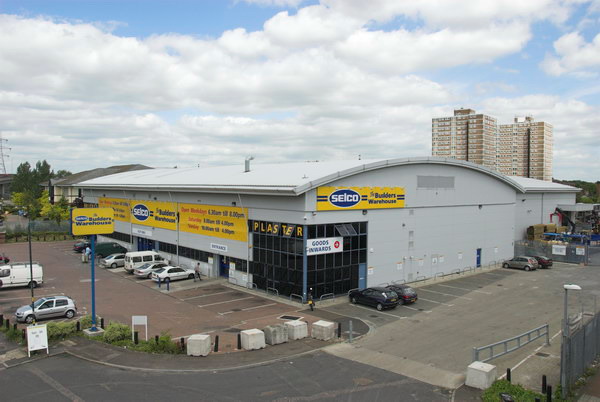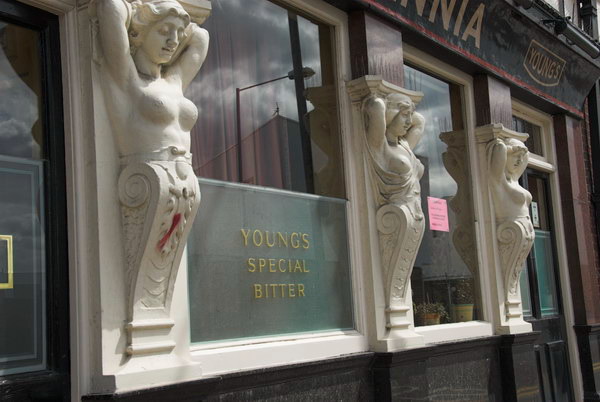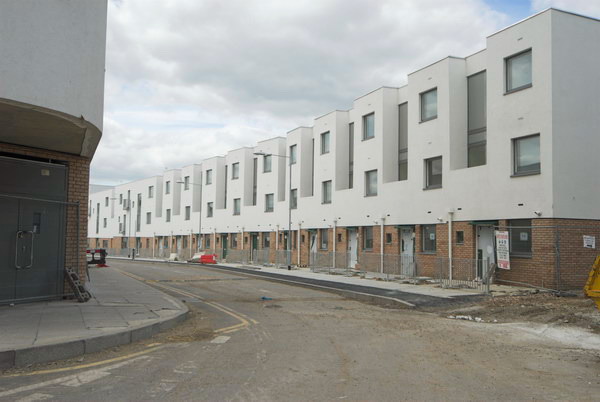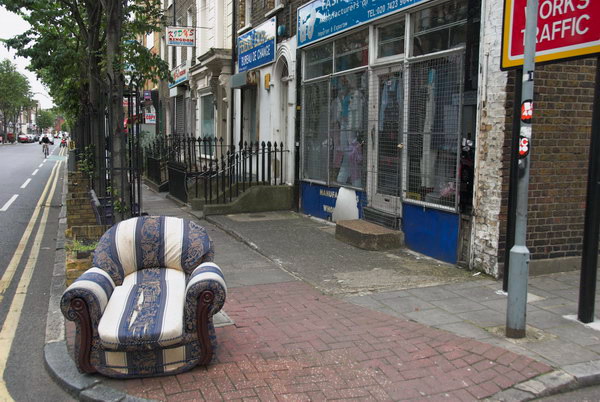A Murky Solstice in Bethnal Green – Quite a few years earlier I’d photographed some of the panels on the south side of the Museum of Childhood next to Museum Gardens on Cambridge Heath Road.
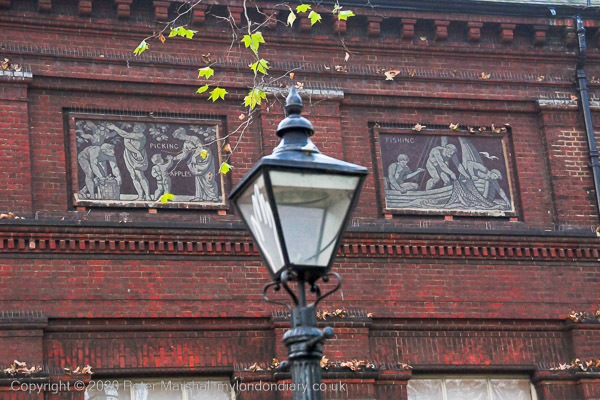
The Grade II listed iron-framed building was originally part of the extensive museum complex in South Kensington built in South Kensington in 1856-7, but was taken down in 1865-7 when the V&A building there was extended and reassembled in Bethnal Green where it opened as Bethnal Green Museum in 1872.
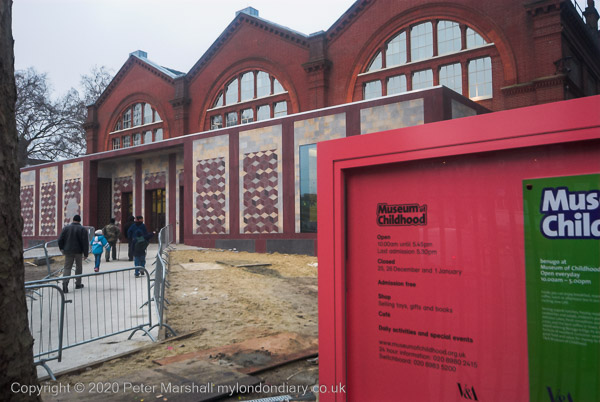
Since then it has gone through a number of identities as a museum, housing agricultural products and works of art, then an art museum with a growing children’s collection, and in 1974 it became the Museum of Childhood. Renovated and extended in 2005-6 it work on this was just finishing though it had reopend when I took these pictures. It closed again in 2019 to be transformed into ‘Young V&A’.
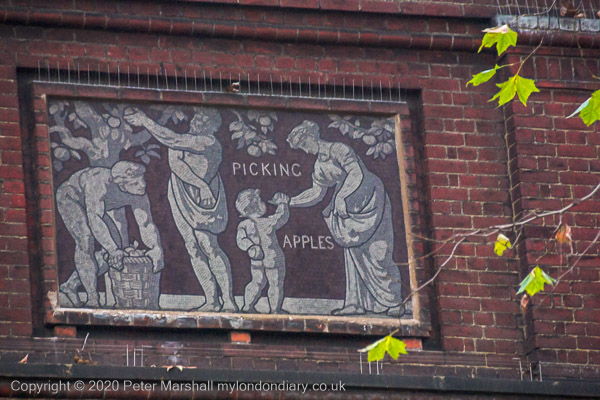
My interest was in the mosaic panel in each bay facing the park illustrating agriculture and the arts and sciences which had been designed by F.W. Moody, the Instructor in Decorative Art at the National Art Training School and responsible for much decoration at the V&A and elsewhere in South Kensington and assembled by his female students in the South Kensington Museum mosaic class.
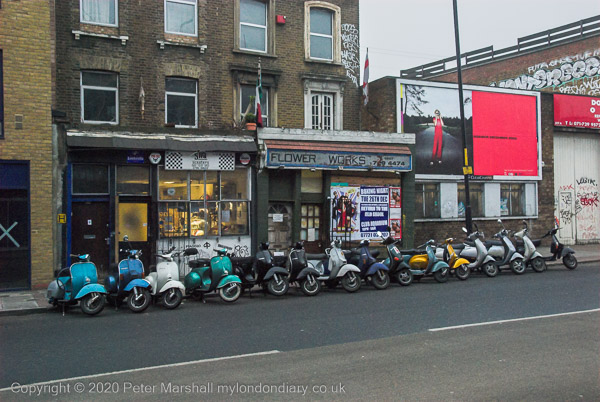
I’d been asked to supply a picture of these mosaics to be used in the book ‘The Romance of Bethnal Green’ by Cathy Ross, ISBN 978-1-901992-74-8 along with some of my other pictures I’d taken on film in the 1980s and 90s, but I wasn’t happy with the quality of the film image.
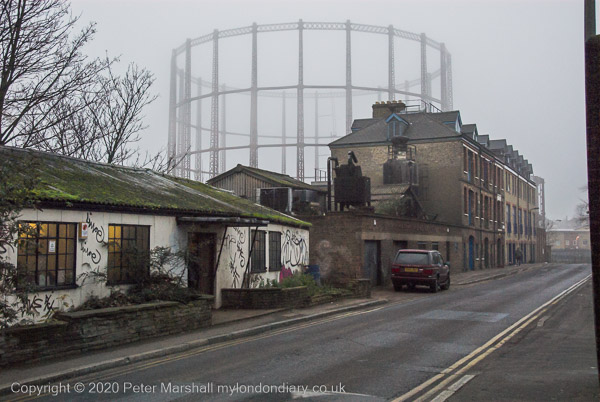
So after lunch on Thursday 21st December 2006 I set out for Bethnal Green to make a replacement digital image using my Nikon D200. But I hadn’t really worked out how long it would take me to get there across London and that the sunset was at 15.53. Nor that it was a rather dull day with some slight fog in the city. By the time I was on site it was decidedly gloomy.
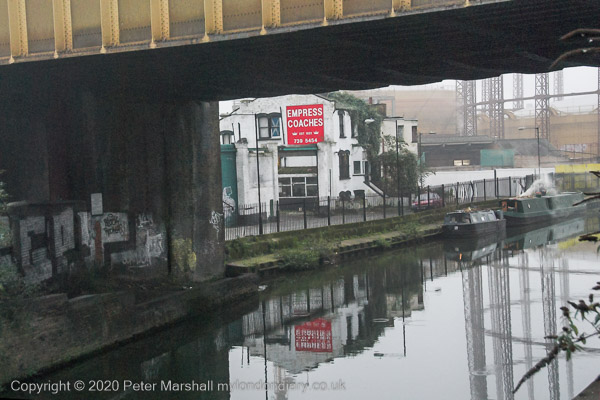
But there was enough light for me to made a decent job of it with the digital camera, taking the colour images in this post (and more) which I later converted to black and white for publication. And after taking these pictures I took a walk up Cambridge Heath Road to the Regents Canal and made a few more pictures around there before
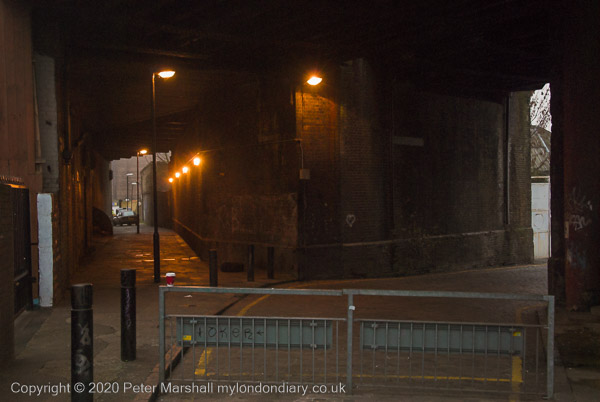
Here’s the paragraph I wrote at the time:
Thursday was a cold dark day, the mercury hanging on zero and grey in the air, a fog which never quite cleared. I needed just one more picture for the project on Bethnal Green and emerged from the Underground half an bour before the shortest day of the year officially turned to night. Having done what I had to do, I kept walking as it got darker still, and more lights came on.
Bethnal Green Solstice
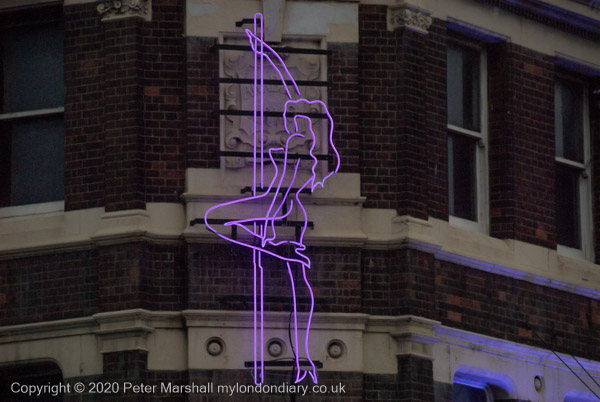
There are a few more pictures on My London Diary beginning here.
Flickr – Facebook – My London Diary – Hull Photos – Lea Valley – Paris
London’s Industrial Heritage – London Photos
All photographs on this page are copyright © Peter Marshall.
Contact me to buy prints or licence to reproduce.
